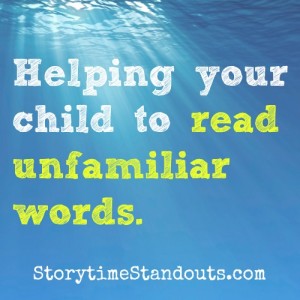More News
-

Welcome to the Storytime Standouts Community
We hope you will enjoy Storytime Standouts' free early childhood ...
-

Introducing “Can I?” by Jessie Nagra and Kurt Hershey
Can I? written by Jessie Nagra and illustrated by Kurt ...
-

Introducing Tammy Kersey, picture book author
Tammy Kersey is a children’s picture book author and founder ...
-

We are thrilled to introduce author/illustrator Scot Ritchie
Scot Ritchie is an award-winning illustrator and author with more ...
-

Introducing Malcolm Harris, author of The Golden Crown, a Shubby and the Mammacs Adventure
Malcolm Harris has written two books, The Golden Crown, ...
-

Introducing Judy Hilgemann, author/illustrator of The Great Grizzlies Go Home
Judy Hilgemann has always lived in coastal British Columbia. She ...
Learn to Read Printables, Games and Activities for Parents and Teachers

Unlimited Squirrels in I Lost My Tooth!
Unlimited Squirrels in I Lost My Tooth! written and illustrated ...
Phonemic Awareness

Bolstering Phonemic Awareness, Getting Ready to Read While in the Car
Some of the keys to learning to read are noticing ...
Terrific Chapter Books for Middle Grades and Teens

Tales of a Fourth Grade Nothing by Judy Blume, a SLJ Top 100 Novel
Tales of a Fourth Grade Nothing by Judy Blume Series for ...




































